ETHICAL EXPERIENCES
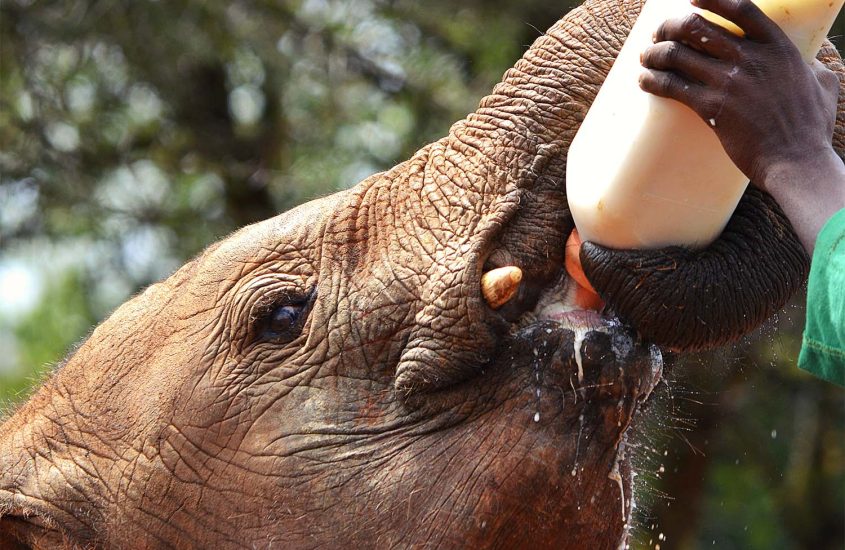
Since we’re celebrating Veganuary, with its ethos of doing no harm to the animal kingdom, we decided to look at ethical animal experiences for travellers.
From meeting elephants to feeding tiger cubs, there are numerous ways to get up close and personal with the local wildlife pretty much anywhere you go. But, though many of them may seem to be legitimate, it’s worth remembering that anything offering you the chance to interact with what should be a wild animal will, almost certainly, go against that creature’s natural instincts.
And anything that involves an animal performing in any way for public entertainment, from dancing bears to aquarium acts, definitely doesn’t fall into the ethical animal encounter bracket.
In some cases, rescue and rehabilitation centres may allow limited contact but, if you like your wild animals, well, wild, then it’s best to stay away from all but the very best. Look for options such as those included here or take a trip where you simply watch from a respectful distance.
The Sheldrick Elephant Orphanage, Nairobi, Kenya
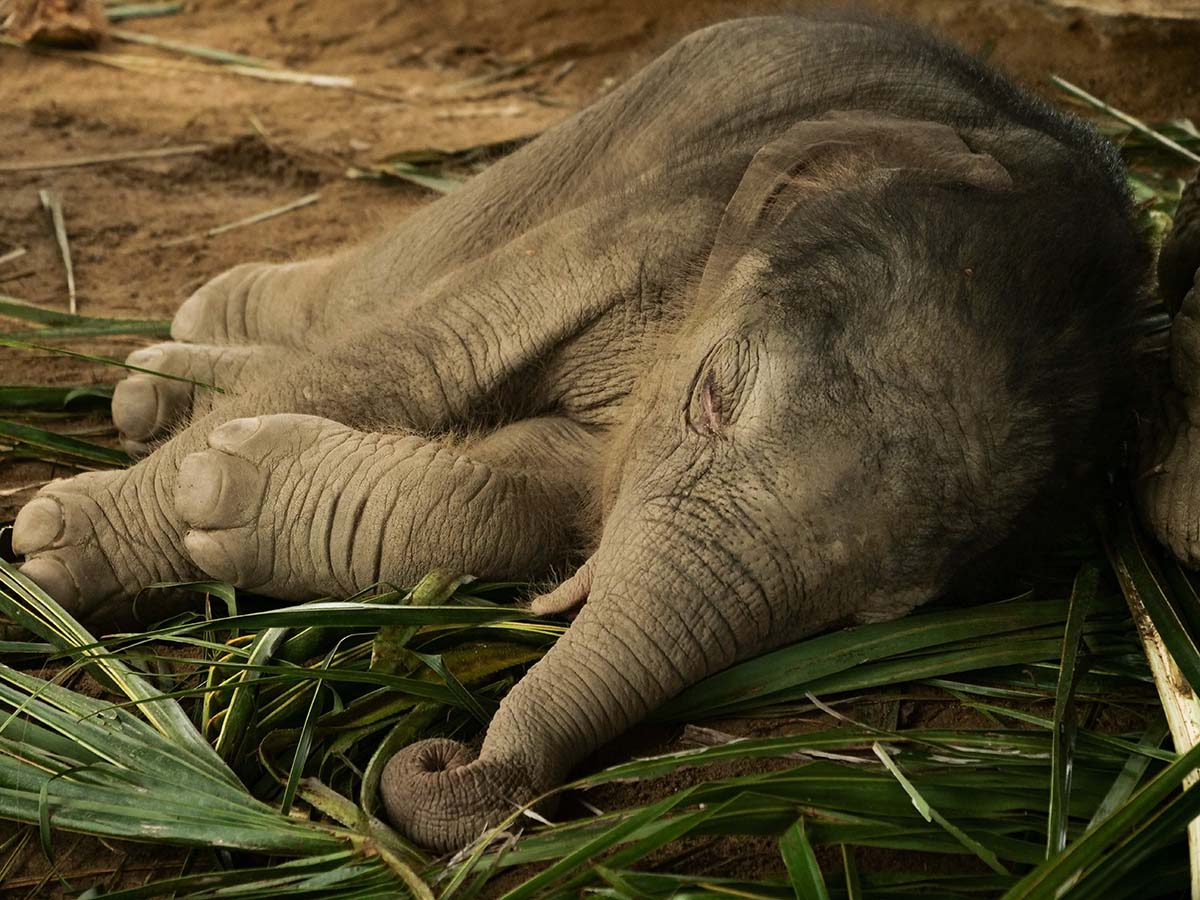
As one of Africa’s oldest wildlife charities and a leading conservation organisation, the Sheldrick Wildlife Trust (SWT) embraces all measures that complement the conservation, preservation and protection of wildlife.
The trust has been rescuing elephants, and a few other species, for more than 45 years and a visit to the orphanage on the outskirts of Nairobi is a truly magical experience. Africa’s elephant population is under ever increasing pressure from both development and, more so, poaching, which means there is never any shortage of babies needing help.
At the orphanage, the youngsters, who can sometimes be just a few weeks old, are looked after by a team of carers who eventually prepare them for life back in the wild. The trust has sites across Kenya, where the growing elephants undergo staged release once they are old enough (usually around three or four years), sleeping in stockades and getting used to life in the bush during the day.
You can visit the orphanage but, as mentioned above, you won’t be able to touch or cuddle the baby ellies. However, you can witness them coming in from their daily bushwalks with their carers and greedily gobbling down special milk formula from their bottles.
If you’re very lucky, you might even get the chance to meet some of the long-stay residents who are not candidates for release. Some while ago, we encountered a grown adult rhino who, being blind, will live out his life at the orphanage and likes nothing better than to have his head scratched.
You can also sponsor Sheldrick elephants and supporters do get the chance to visit the centre outside public hours.
GO: VISIT SHELDRICKWILDLIFETRUST.ORG FOR MORE INFORMATION.
Whale Watching, The Azores
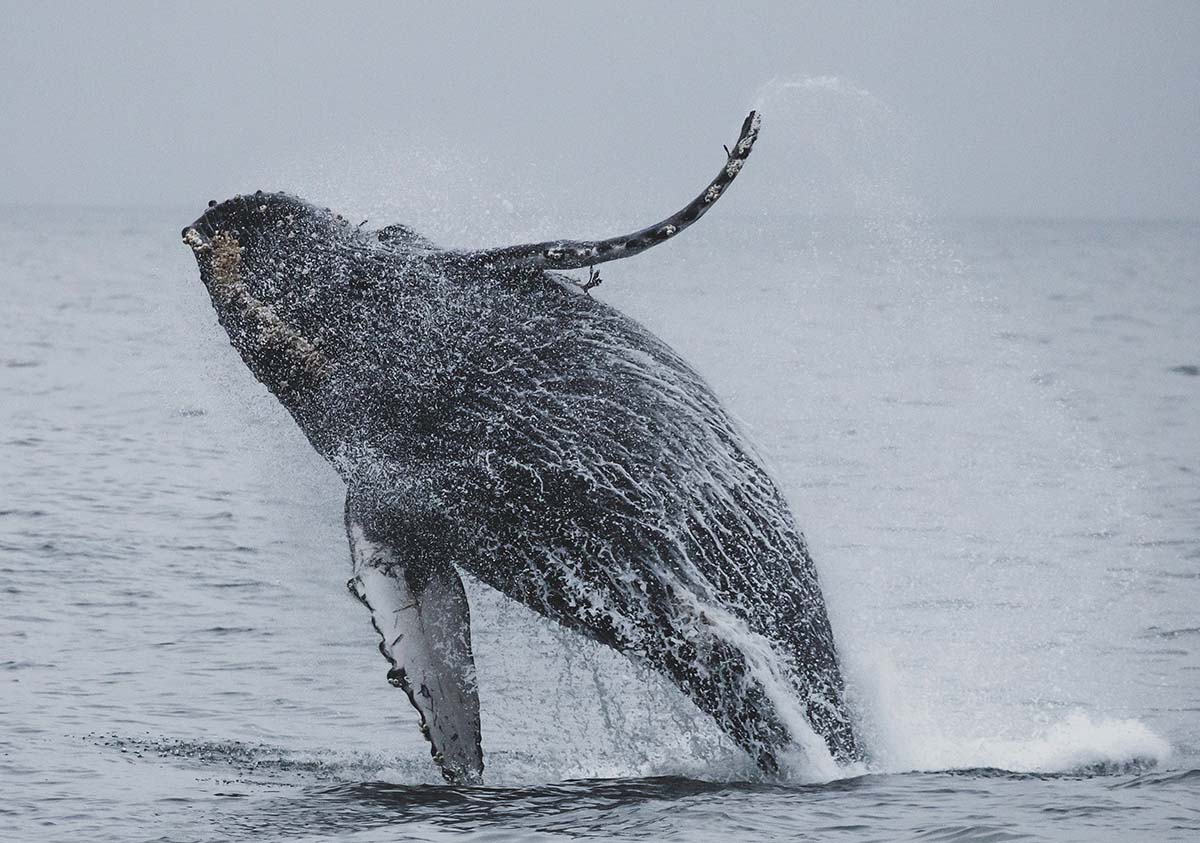
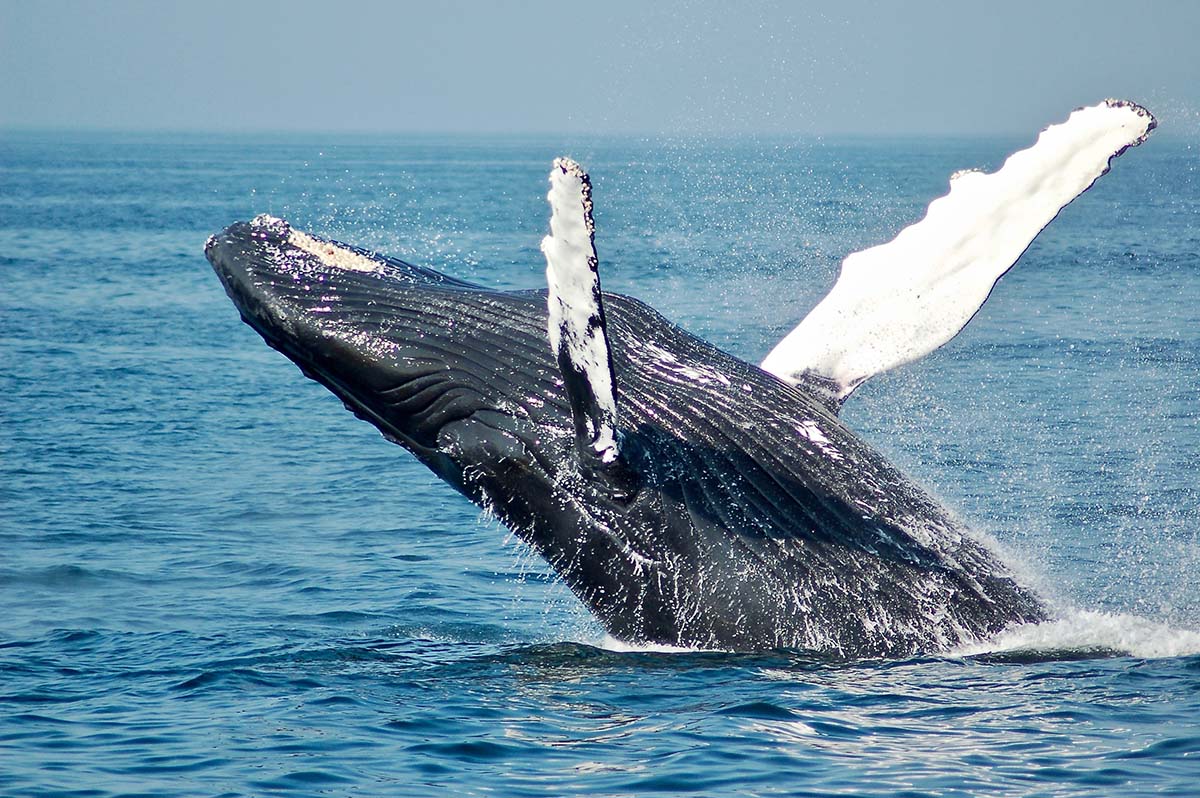
Not only are the islands of The Azores an amazing place to visit – wild, beautiful, quite off the beaten track and a bit of a trek to get to. They’re also on the North Atlantic whale migratory route and the waters surrounding the islands are absolutely teeming with incredible marine life.
We had been planning to feature swimming with wild dolphins through a company called Azores Adventures Futurismo (AAF) since we liked their overall ethical stance. However, when we got in touch for more information, they informed us that they’ve become concerned about the lack of reliable research into whether human contact with wild dolphins really is harmless. Hence, they’ve stopped conducting the activity.
Since they’re the experts, we decided to take a look at their whale watching activities instead. Trust us, we’ve been there and whale watching off the Azores is an amazing, one-of-a-kind experience. Not only does AAF provide would-be watchers with loads of good educational and conservation information, the company conducts research and uses non-invasive spotting techniques to locate these giants of the deep. It is also World Cetacean Alliance certified and observes strict rules and protocols to do no harm on the water.
And there’s an added bonus. You may also spot dolphins, sharks, manta rays and big fish species.
Don’t forget it’s also possible to see dolphins, whales and dugong in our own local waters but make sure you keep your distance and give them the respect they deserve.
GO: VISIT WWW.FUTURISMO.PT FOR MORE INFORMATION.
Gorilla Trekking, Uganda, Rwanda and Democratic Republic of Congo
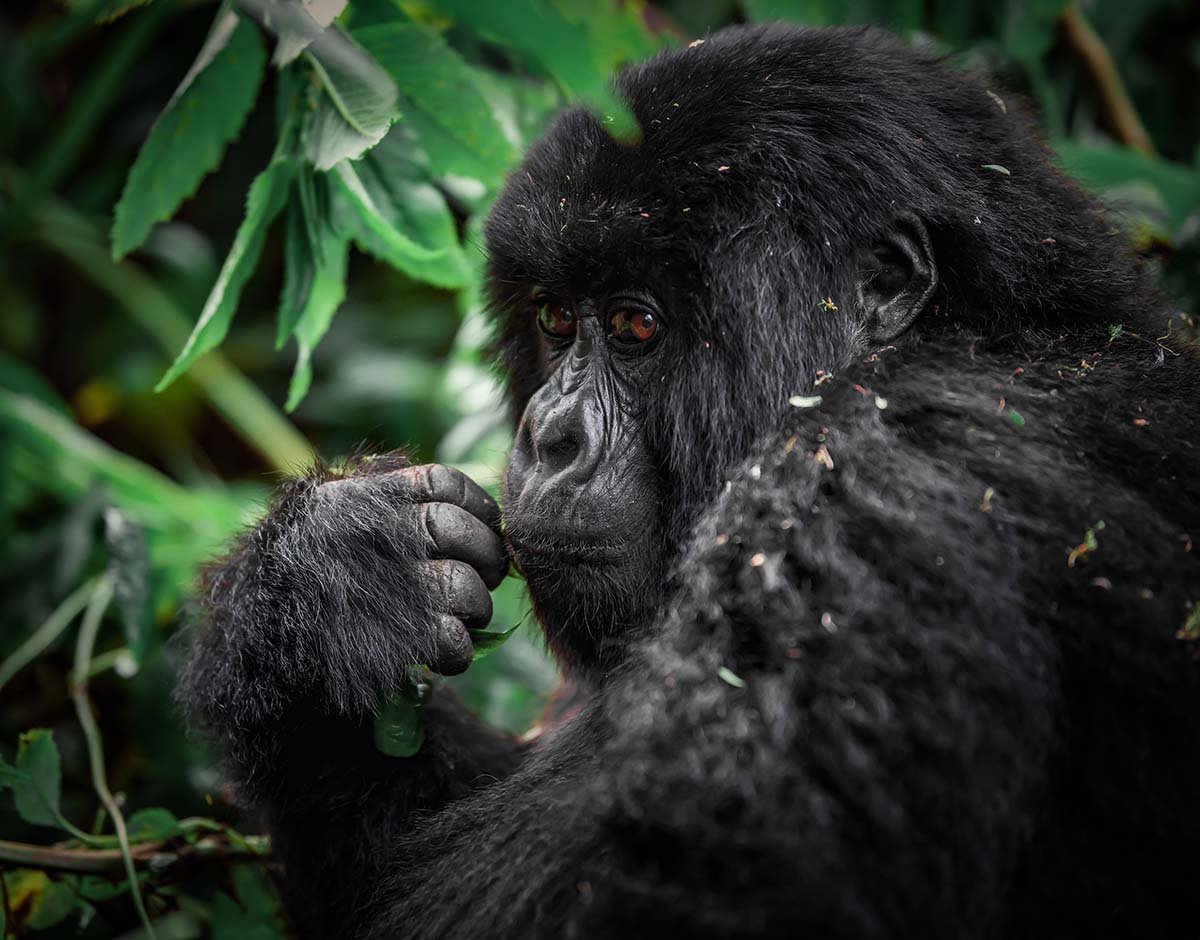
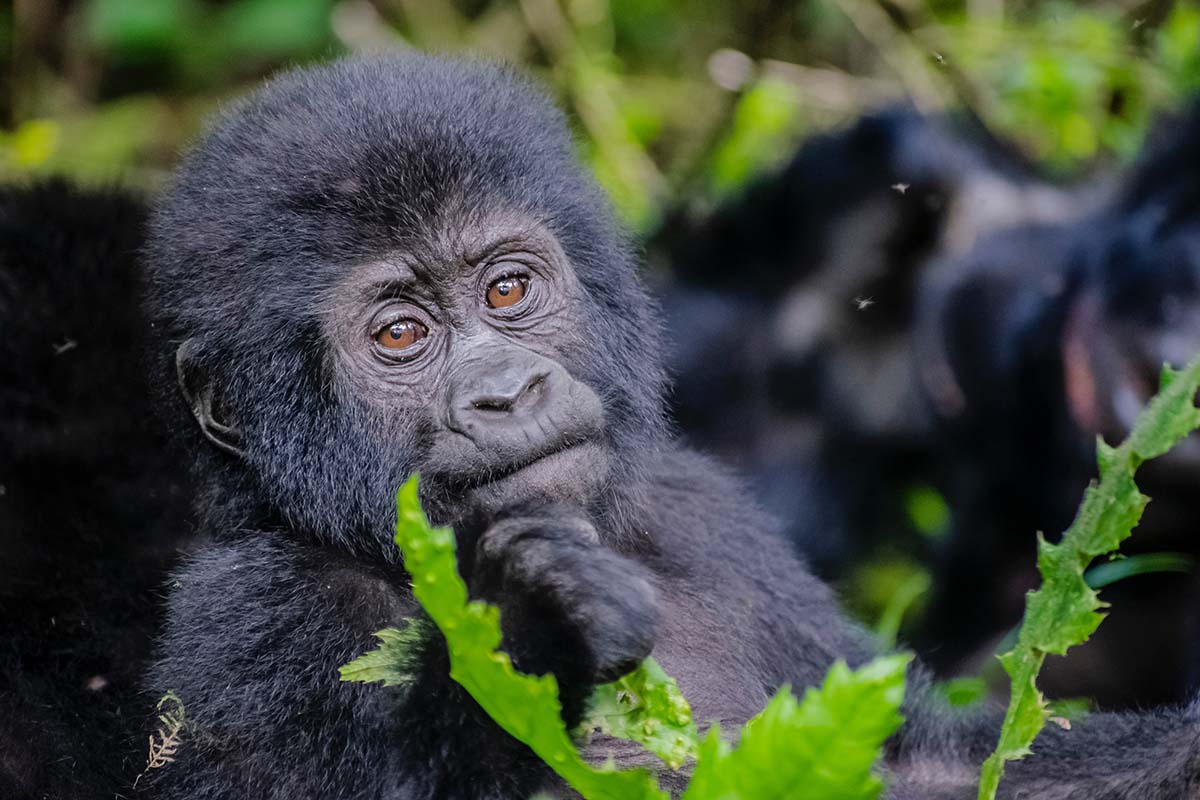
Gorilla Trekking, visiting the mountains to see families of endangered animals, certainly raises ethical questions. In fact, the renowned primatologist Dian Fossey, whose life’s work was portrayed in the film Gorillas in the Mist, was very anti wildlife tourism arguing that these magnificent beasts, whose DNA is so close to our own, should be left to their own devices and allowed privacy.
However, it cannot be denied that gorillas live in developing nations and this kind of tourism is seen as essential for generating income to protect the primates. Funds raised through permits to access the areas in which they’re found are put back into both employing rangers to combat poaching and investing in local communities providing infrastructure and jobs.
Bwindi Impenetrable Forest National Park in Uganda is home to almost half of the world’s population of mountain gorillas with more than 300 living there. When it was first opened to the public in 1993 there was only one gorilla family in residence. Over the past 30 years, this has grown to 17 families. So, it could certainly be argued that wildlife tourism has been good for the primates.
Access to the gorillas is strictly controlled with permits ranging from USD450 in Congo and USD700 in Uganda to USD1,500 in neighbouring Rwanda and travellers must adhere to a tough set of rules, including not visiting if they are even slightly unwell since human germs can be very harmful to our primate cousins.
However, with all the above taken into account, as well as the sometimes-strenuous trek needed to reach the gorillas’ habitat, there can be no doubt that this would be a once-ina-lifetime experience that we’d love to try.
GO: VISIT VIRUNGAPARKCONGO.COM FOR MORE INFORMATION.
If you’d like to know more about ethical animal tourism or check if what you have in mind is truly safe for the creatures you plan to visit, make sure you do extensive research and try to read about others’ experiences. ✤
GO: VISIT WORLDANIMALPROTECTION.ORG FOR MORE INFORMATION.






























Comments are closed.